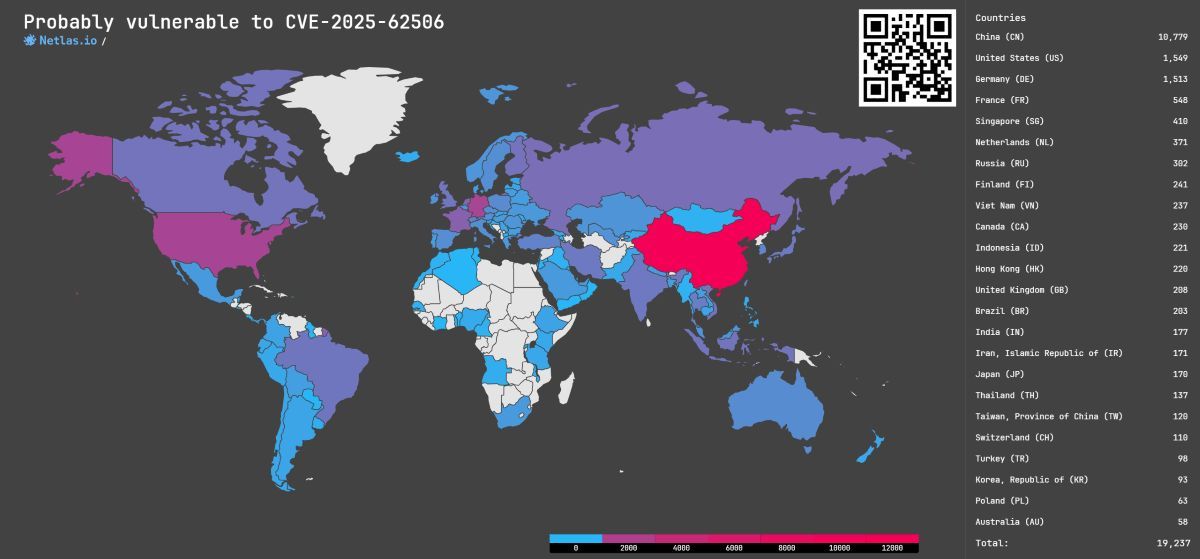MinIO container images gone? Best alternatives (2025)
Posted on by Bertrand Thomas
Container
Storage
Security
Open-source
MinIO, a popular open-source object storage solution, has shifted its community edition to a "source-only" distribution as of October 2025.
In this post, we'll explore what is the impact for individuals, communities, and enterprises running MinIO in containers and where to go next.
About MinIO
MinIO is a high-performance, distributed object storage system designed for unstructured data like photos, videos, logs, backups, and container/VM images. It's fully compatible with the Amazon S3 API, making it a drop-in replacement for AWS S3 in private clouds, Kubernetes clusters, or edge deployments.
Founded in 2014 by Anand Babu Periasamy, Garima Kapoor, and Harshavardhana, MinIO, Inc. remains privately held, valued at $1B, with $126M in funding across three rounds [1]:
- $3M seed in 2015 (led by AME Cloud Ventures)
- $20M Series A in 2017 (led by General Catalyst, Nexus Venture Partners, Dell Technologies Capital)
- $103M Series B in 2022 (led by Intel Capital)
The open-source project, licensed under GNU AGPLv3, boasts over 58K GitHub stars and is utilized by key applications like GitLab (for object storage in Helm charts).
Recent change
MinIO's decision, first mentioned in GitHub issue #21647, means no more pre-built Docker images or binaries from official repositories, impacting users relying on automated updates.
The announcement coincided with a critical security release (RELEASE.2025-10-15T17-29-55Z) fixing CVE-2025-62506 (CVSS 8.1: Privilege escalation via session policy bypass), leaving legacy images vulnerable.
The challenge
The latest official MinIO image is outdated, harboring CVE-2025-62506, where restricted accounts can spawn unrestricted ones, risking unauthorized data access. Customers get binaries through AIStor, but the community must build manually.

This screenshot from Docker Hub (October 26, 2025) displays the two only options users had until last Summer:
- The previously-official
minio/minioimage (over 1 billion pulls), with the last push made approximately two months ago - The now-deleted
bitnami/minioalternative (50M+ pulls)
Both options are now gone.
Available distributions for the community
For pre-built images, community options include:
| Image | Provider | Pros | Cons |
|---|---|---|---|
cgr.dev/chainguard/minio |
Chainguard | 🟢 0 CVE 🟢 Small size (58 MB) |
🔴 Only latest |
docker.io/elestio/minio |
elestio | 🟢 Small size (60 MB) | 🔴 Only latest 🔴 1 HIGH CVE (CVE-2025-62506) |
docker.io/elasticio/minio |
elastic.io | 🟢 Many versions 🟢 Small size (60 MB) |
🔴 1 HIGH CVE (CVE-2025-62506) |
docker.io/alpine/minio |
Bill Wang | 🟢 0 CVE 🟢 Small size (68 MB) 🟢 Open-source |
🔴 Very recent 🔴 One maintainer |
Why avoid
:latestin Enterprises/Production?The
:latesttag is a significant red flag for production environments because it points to the most recent image build, which may include untested updates, breaking changes, or unpatched vulnerabilities during rollout.Without version pinning, automatic updates risk downtime, data corruption, or security gaps, violating enterprise SLAs, compliance requirements (e.g., ISO 27001, PCI DSS), and best practices for reproducible deployments.
Specific tags are essential for controlled, auditable updates.
Notes:
- Image scans were conducted using Trivy.
Alternatives for Enterprises
Enterprises can rely on providers offering supported MinIO distributions:
The following options were excluded from consideration due to insufficient information or lack of access:
- Bitnami Secure Images does not list MinIO in its catalog
- Docker Hardened Images may offer it, but I am awaiting access
- Red Hat Ecosystem Catalog may be limited to OpenShift (I lack access and cannot test it)
- Minimus appears to offer MinIO, but I have not received a response to my request to get started
Other Projects
Based on S3 compatibility, you may consider:
- Ceph: A robust, distributed storage system with S3 compatibility via RADOS Gateway. Backed by the Ceph community and Red Hat, it scales to exabytes.
- S3GW: A lightweight S3 gateway using PVCs (e.g., Longhorn), with Helm charts and UI. Ceph RGW-derived, ideal for backups.
- RustFS: Emerging Rust-based S3-compatible storage, praised for stability despite development warnings.
- SeaweedFS: High-performance distributed storage with S3 API support.
Conclusion
The decision depend heavily on the context:
- For community or non-production use, Chainguard offers the easiest security solution, but it should not be used in production due to the complexity of managing an environment with the
:latestversion. Building your own image is also an option. - For enterprises or production environments, consider enterprise offerings, which may provide additional valuable features, such as vulnerability review, certifications, compliance, container hardening and Helm Charts.
- For architects, consider replacing MinIO with an alternative component, reinforcing the importance of avoiding vendor lock-in when designing systems.
This may also present an interesting opportunity to evaluate how your organization manages its supply chain, assesses its container security posture, and addresses the risks of relying directly on open-source artifacts. There is real value in paying for services from secured application providers.
Uncertain about next steps?
I help organizations deliver and operate Cloud Native environments - secured, highly available, vendor-free.
Let's talk solutions → Free 15-min call
Appendix: Global Map of CVE-2025-62506
Netlas conducted a detailed search highlighting instances of the MinIO privilege escalation vulnerability [4]:

Appendix: Scanning images with Trivy
I executed the following commands:
# defines an alias to use the container image of Trivy
alias trivy="docker run -it --rm \
-v trivy-cache:/root/.cache/ \
-v /var/run/docker.sock:/var/run/docker.sock:ro \
-v $HOME/.kube/config:/root/.kube/config \
aquasec/trivy:latest"
# scans all images
trivy image cgr.dev/chainguard/minio
trivy docker.io/elestio/minio
trivy image docker.io/elasticio/minio:25.43
trivy image alpine/minio:latest-releaseReferences
Chainguard published a post on the same topic just a few hours after my post: Secure and Free MinIO Chainguard Containers ↩︎
RapidFort confirmed MinIO availability across all image flavors, even if not listed on their website. ↩︎